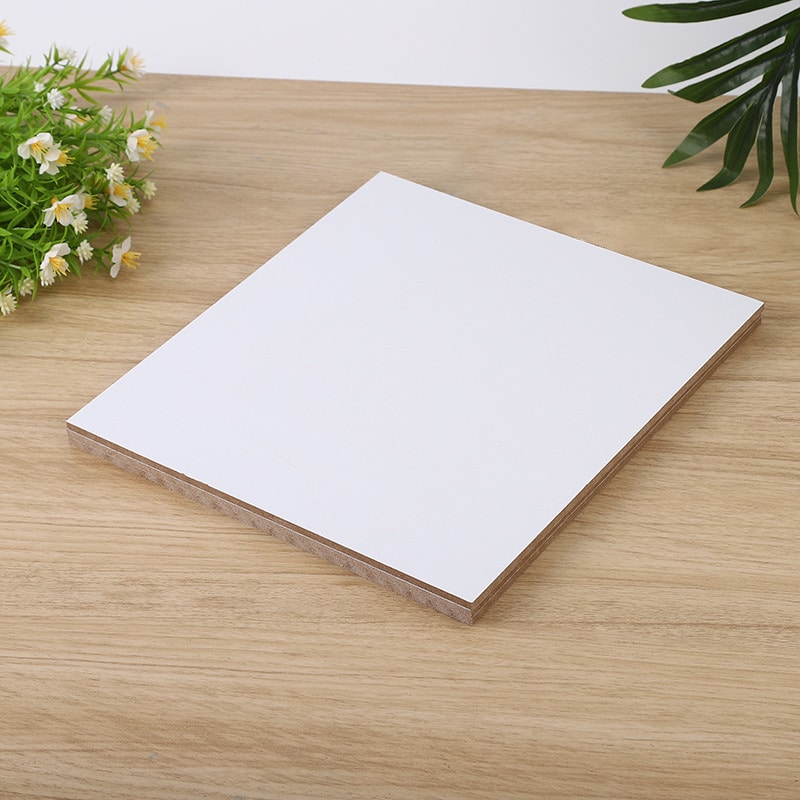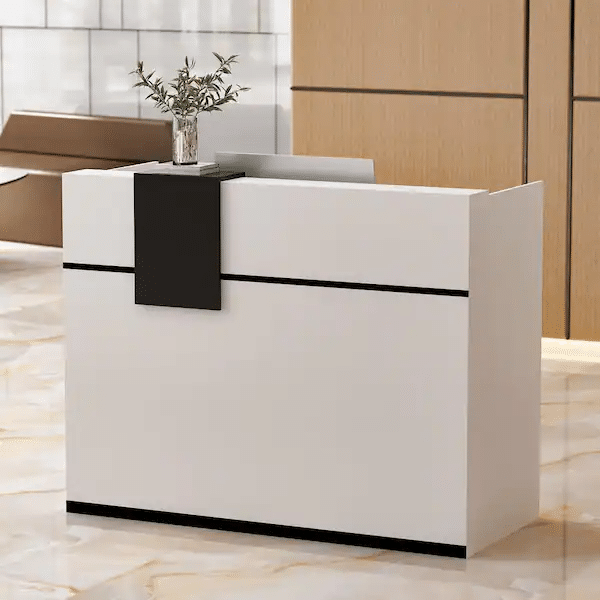Blog
Category October 20, 2023
Exploring the Versatility of MDF: A Comprehensive Guide
Introduction:
- Briefly introduce MDF and its significance in modern construction and woodworking.
What Is MDF?
- Define MDF and explain its composition.
- Mention its medium density and engineered wood nature.
- Briefly touch upon its history and development.
Advantages of MDF:
- Discuss the key benefits of using MDF:
- Smooth surface for painting and finishing.
- Affordability compared to solid wood.
- Consistency in density and thickness.
- Low susceptibility to warping or cracking.
- Ideal for intricate designs and millwork.
Applications of MDF:
- Highlight the wide range of uses for MDF:
- Cabinetry and furniture making.
- Interior wall paneling.
- Moldings and trim.
- Doors.
- Shelving.
- Craft projects.
- Speaker enclosures.
- Flooring underlayment.
Types of MDF:
- Discuss different types of MDF based on variations like thickness, fire resistance, and moisture resistance.
- Mention any specialized MDF products available in the market.

How to Work with MDF:
- Provide tips and guidance on working with MDF, including:
- Cutting and shaping.
- Joinery and fastening.
- Sanding and finishing.
- Precautions, including dust control and safety measures.
MDF vs. Other Wood Products:
- Compare MDF to plywood and particleboard, highlighting its strengths and weaknesses in various applications.
Environmental Considerations:
- Discuss the sustainability and environmental impact of using MDF, including information on formaldehyde content and recycling.
Maintenance and Care:
- Offer advice on how to maintain and care for MDF products to ensure their longevity.

Conclusion:
- Summarize the versatility of MDF and its importance in various industries.
- Encourage readers to explore and consider MDF for their next woodworking or construction project.
Additional Tips:
- Include images or diagrams to illustrate key points.
- Use real-life examples or case studies to showcase MDF in action.
- Provide links to trusted sources for further information and resources.
- Ensure your writing is clear, concise, and engaging.
This outline should help you get started on your MDF blog. Feel free to expand on each section and add specific details, examples, and any other relevant information you think would benefit your readers.